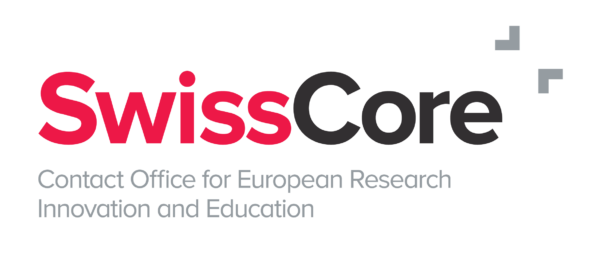The European Commission identifies 100 breakthrough technologies in its newly published report.
In light of the preparations for the implementation of the ninth generation framework programme for research and innovation (R&I), Horizon Europe, the European Commission (EC) commissioned an independent expert report on Radical Innovation Breakthroughs (RIBs). Using machine learning algorithms together with human assessment methods, 100 RIBs, including 13 Radical Social Innovation Breakthroughs (RSBs), have been identified, spanning from Blockchain to flying cars. RIBs have an unusually large potential for high impact as well as for disrupting technical, societal- and market structures. By further analysing and clustering the 100 RIBs and RSBs, the report puts forward strategic policy recommendations for the EC on future R&I- and industrial policy.
The first recommendation is to position Europe well for the upcoming technological wave surrounding Artificial Intelligence (AI), given the high economic and social impact that AI-related technologies have. The European Union (EU) must invest in areas like computing memory, where it is currently lagging behind in a global context. Secondly, 45 RIBs are currently at a low maturity rate. However, those 45 RIBs are expected to develop at a fast pace and to have a large impact on society, especially because of the ethical problems they give rise to, e.g. military use of drones. Although the EU is leading in some of these 45 technology areas, e.g. bioplastics, Europe must step up its efforts in many others, e.g. energy harvesting and computing memory. Thirdly, the EU must not ignore highly speculative innovation areas and increase investments in the five fields of 4D printing, asteroid mining, thermoelectric paint, artificial synapse/brain and flying cars. Some RIBs are categorised as mature and established in terms of e.g. patenting. Those technologies are no longer considered to be a matter for R&I policy, but belong more to the sphere of industrial policy. The EU, and this is the fourth policy recommendation, therefore needs to address links between R&I- and industrial policy more closely. Lastly, investments in innovation areas related to the United Nation’s Sustainable Development Goals (SDGs) have to be intensified (see SwissCore article). Creating synergies between the emerging information and communication technologies (ICT) and health- and environmental technologies, can make use of the coming ICT wave for the sustainable transition of society.
Identifying RIBs is important for R&I programmes, i.e. Horizon Europe and the current programme, Horizon 2020, as well as for R&I policy. To optimally capitalise on such breakthrough innovations, the EC has launched the Enhanced European Innovation Council (EIC) pilot initiative in June 2019 (see SwissCore article). The pilot precedes the fully-fledged version of the EIC under pillar III of Horizon Europe, beginning in 2021. Furthermore, the results of this report on RIBs can equally be valuable for future regional- and national R&I strategies.

